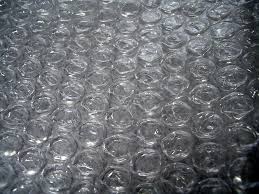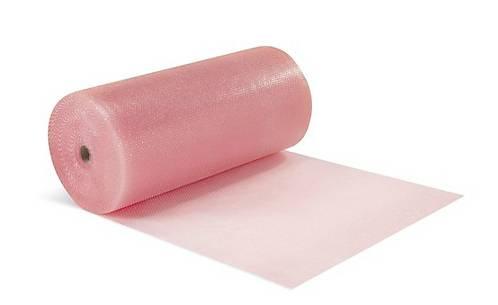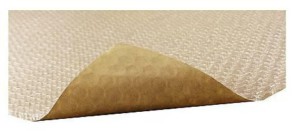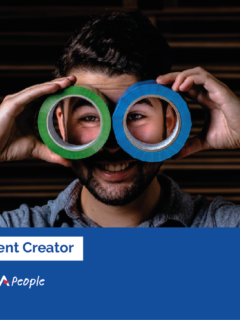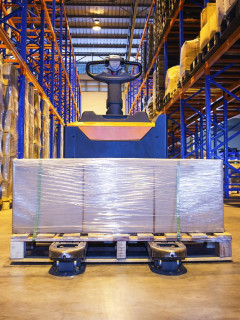We have a confession to make. We have not yet invented InfusionWrap . We apologise to everyone who responded enthusiastically to this announcement, we hope they haven’t already started revising their budgets…
But then again, if we don’t joke on the first of April, when should we do it?!
A couple of patents were obtained in the US in the 1990s for the creation of the scented bubble film, but it is still in development at the moment.
Can we sniff out an opportunity?
The last question got us thinking. If we take a look at the process by which the bubble wrap is made, can we introduce a long-lasting perfume or essence into it?
For all the curious followers, here is a peek at the bubble-making process.
How the bubble film is created:
-
Resin is cast in film/film layers
Initially, the polyethylene is in the form of granules, then it is melted to create the transparent or translucent plastic that will form the envelope of each bubble. The layers must be strong enough to protect the packaged goods, but also thin enough to burst when subjected to adequate pressure. The classic POP!
-
Two layers of film are joined at the flaps to create a bag
The bag is then filled with air.
-
The bag is placed on a metal vacuum roller
The air bag is placed on a giant metal roller. The roller closely resembles a beehive in the sense that it is covered in small bubble-sized craters. These suck in air, thus creating the typical bubbles.
-
During cooling, the plastic sheets bind together
With all the air in the bag now only occupying the bubbles, the foil sheets bind together as they cool. The bubble wrap is then removed from the roll already in the form in which the end customer will receive it.
From this process we can guess that the only way to create a scented version of the bubble film would be to fill the large initial bag with scented air. However, it would be difficult to guarantee the freshness of the essences in the long term. Most fragrances last because they are in liquid form.
When did bubble wrap come into being?
Although the scented bubble film has not yet been invented, it is amazing to observe how far this product has come since it was invented in 1957 by Alfred Fielding and Marc Chavannes.
They initially conceived it as a new form of extravagant wallpaper. The two fused two shower curtains together, trapping some bubbles inside. Not many people were interested in wallpaper, but more and more became interested in this new product because it turned out to be an ingenious way to protect fragile objects.
Bubble wrap today
It is a very versatile material that can be used in many different ways.
Antistatic bubble film
It dissipates surface charges and prevents the build-up of electrostatic charges. It is ideal for protecting computers, mobile phones, cameras, medical equipment, etc.
Large bubble film
For maximum shock absorption. This film has an additional nylon barrier. This allows the AirCap® bubble to retain its height and maintain a high level of protection over time.
Biodegradable bubble film
It reduces waste because it biodegrades in 12 to 18 months.
Kraft paper bubble film
It has a paper overwrap. It is suitable for furniture makers, antique dealers and museums, more generally to protect delicate and valuable objects. The bubbles provide protection from shocks, the paper from light and humidity. Discretion is assured.










